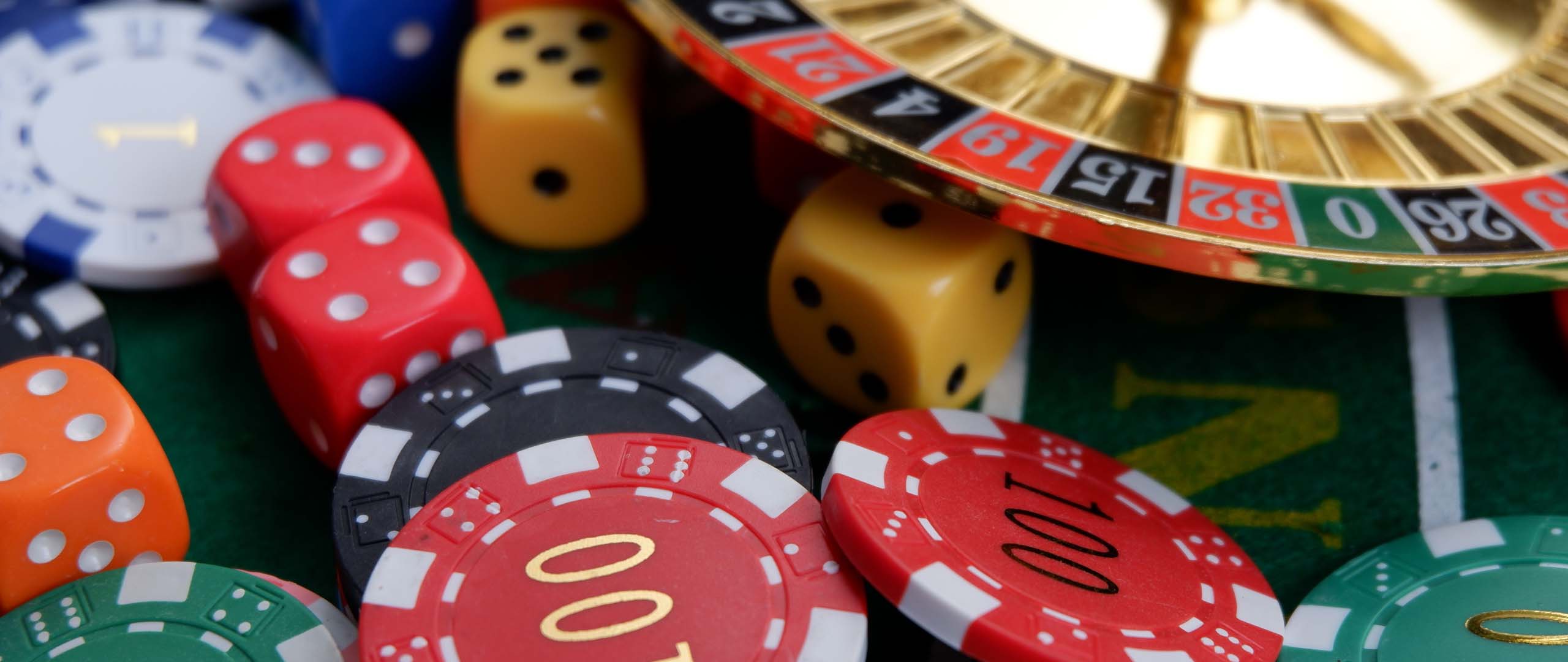The effects of design on human psychology can be seen in branding and product marketing every day, with some design concepts proving substantially more popular with the market than others. The same can be said of casino design, where everything from the layout of the floor to the color of the walls is taken into consideration. Understanding the psychology elements of good casino design is a must when setting up any gambling venue, and can be as just as commercially decisive as any other design or branding decision.
In the casino sector specifically, there are a number of design principles that have come to shape the layout and format of casino resorts over the last couple of decades. Structured with the sole aim of encouraging more players to gamble more money, these features are proven to have a significant impact on players, and play a key role in encouraging them to part with their cash.
But what is the psychology behind the way casinos are designed, and how has this evolved over the last 20-30 years?
The Maze
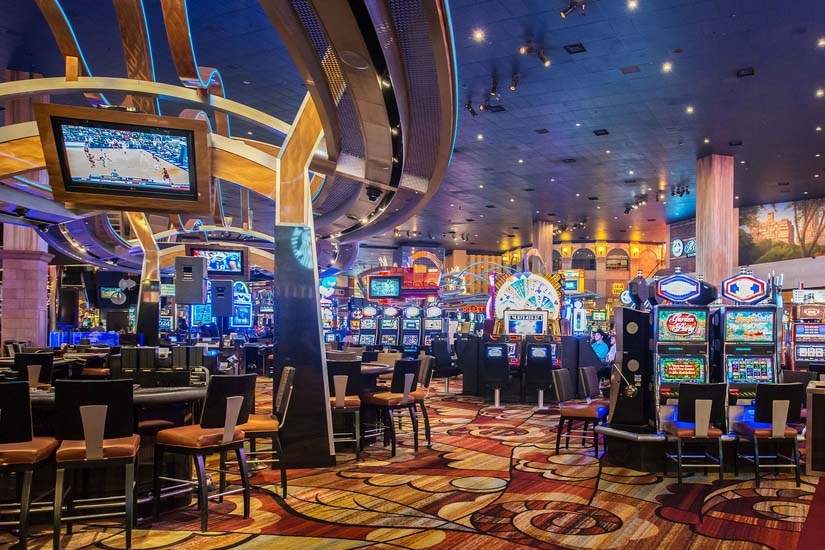
Casino developments in the 90s saw some of the biggest resorts in Las Vegas open their doors. Almost uniformly, they adopted a layout strategy known as ‘The Maze’, in which players weaved their way in and out of gaming tables and machines. The idea behind the Maze style layout was to setup the casino floor in a way that would make it difficult at first glance to spot the exit. Windows and clocks were removed to make it more difficult to keep track of time, and players were intentionally expected to walk around different tables and gaming machines every time they walked across the casino floor.
The theory here is similar to those designing gift shops at the end of tourist attractions – ideally, you want players to walk past as many gaming machines as possible, to have as many chances to bet as possible, before they perhaps leave the gaming floor. This design proved popular for the next couple of decades, and is regarded as the traditional model for casino design. But while the psychology was sound, and the effectiveness of the Maze style not in question, further innovations have built on this model to attract new generations of gamblers.
The Playground
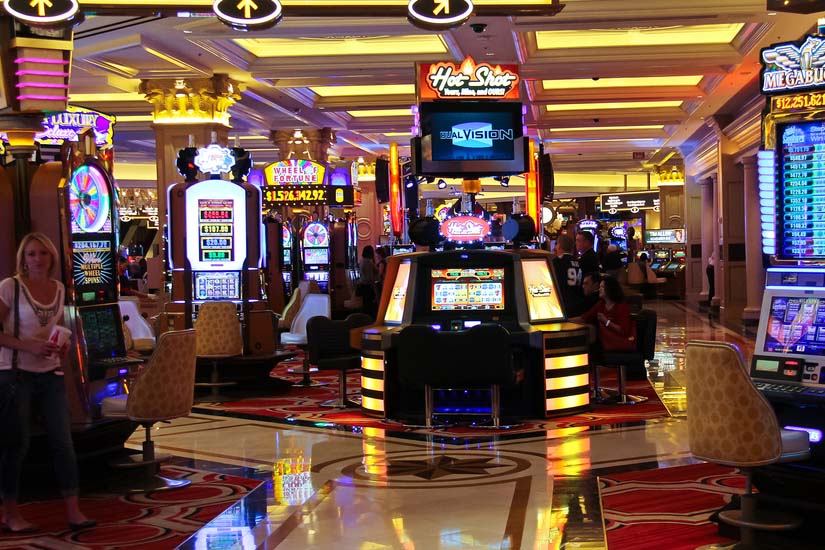
From around 2010 onwards, an increasing number of casinos have opened their doors with layouts which have been described as ‘Playground’ style. Rather than the disorientating objectives of the Maze, the Playground opens up space on the floor. In the Maze, players are effectively forced into certain routes across the gaming floor, in order to choreograph their journey from one table to the next. But the Playground opts for a more relaxed style, with more space around individual tables, and smaller clusters of machines rather than rows and rows of gaming consoles.
The idea is to make the experience more sociable, and to make gaming more inviting for those that might not be casino regulars. In a way, this was devised to make casinos more appealing to tourist gamblers, and represents a shift in the thinking of designers around how best to maximise revenue from their gamers.
The result is now a more comfortable casino floor, with an environment that goes for the grand and luxurious. So in addition to elements of grandeur and displayers of wealth, you can also expect sculptures and artworks, mixed with fewer and more spaced out machines and gaming tables.
Slot Rows vs Clusters
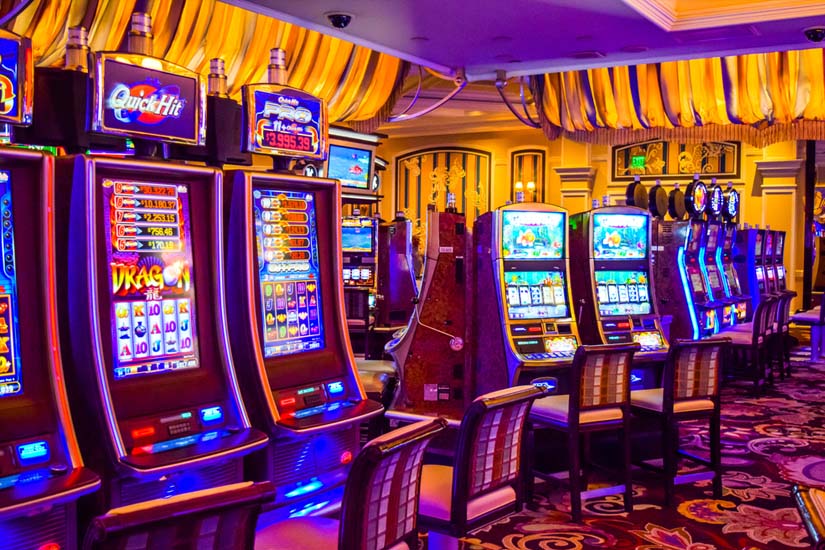
In previous generations, the placement of slot machines was another key differentiator in casino design. The most successful casinos used rows and rows of slot machines, designed to make sure that they could be seen from all angles of the room. The theory was that players should always be able to see a slot machine, wherever in the casino they were standing or moving to. Large rows or clusters of a number of machines made for an intimidating prospect for some players, and the thinking has evolved in this area to make the experience more welcoming for those that might otherwise have been put off by the structure of the casino floor.
Instead of big, intimidating rows of slot machines, or clusters that could have 10 to 20 gamers huddled over machines at one time, the more modern approach is to go for clusters of 2-4 gaming consoles, and to break up gaming machines to allow for more free moving space. Again, this is all about making players feel relaxed, as well as providing them with access to the machines they need. The model works by decluttering the floor, and breaking up the large groups of slots players that would necessarily coalesce around the rows of machines found in older style casinos.
Table Clusters
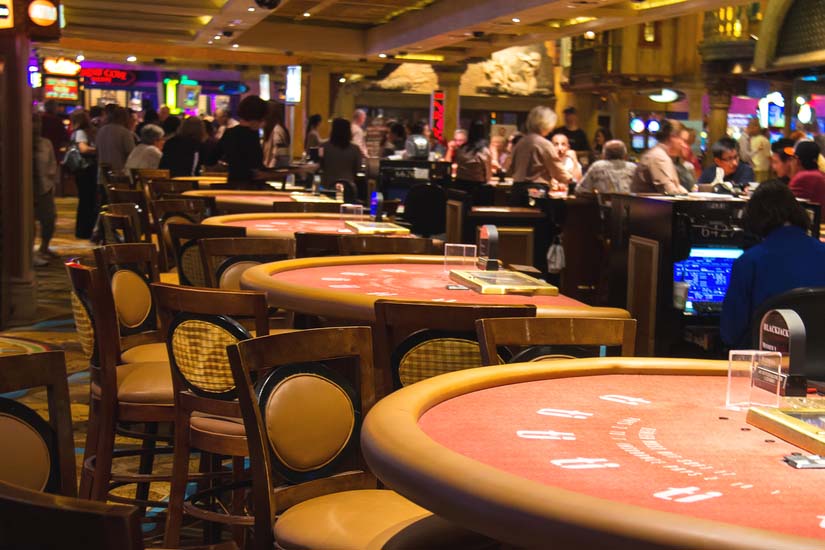
A similar principle applies to table games such as blackjack or roulette, where the tables are clustered around each other. This is to allow the energy and excitement of the casino experience to build, and works especially well when players are winning. When there are cheers or shouts coming from a gaming table, the casino wants these to infect the rest of the floor. That’s why they tend to set casino tables in the vicinity of each other, so that this positive atmosphere can spread.
At the same time, the Playground format allows for plenty of space around gaming table clusters, allowing for more spectators to gather, as well as making it feel less cramped around the action. This in turn leads more people to want to get involved for themselves – seeing someone else winning is a pretty good motivator.
These elements of casino design are widely practised across the industry, and it’s interesting to see the extent to which these play on our psychology. The net result for the casinos is increased gaming revenue, while players enjoy a casino experience that is more in-tune with their preferences – it’s win win, and all it took was some insight into human behaviour.
